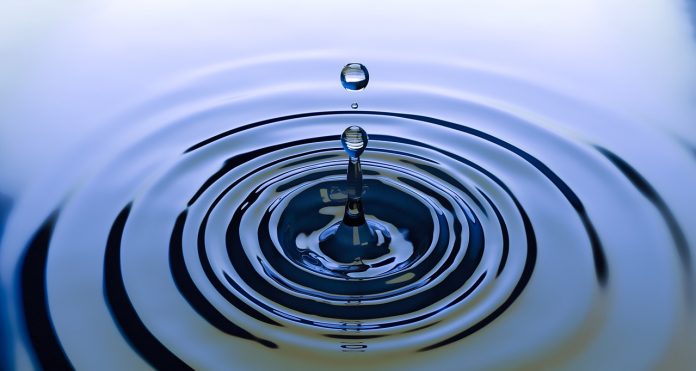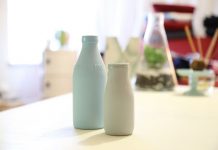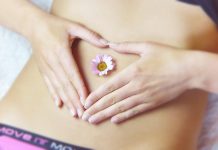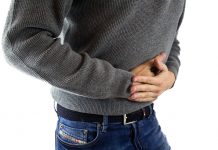
I went to the pharmacy and asked about diet stuff and was told the best diet pill in the place was in the laxative section. I picked up a package of FiberCon and started taking one with a big glass of water around 11 AM and another (with water) around 4 PM. It seems to be helping me to feel fuller faster as well as to even out my blood sugar and (in the case of the 4 PM one) to help me be able to avoid snacks.
What is in it? Is it dietary fiber or the other kind? I told my doctor I was doing this and she said it was fine to take two a day, split up like that, without any dire consequences. Would eating carrot sticks have the same effect? (1/2 carrot or 14 or what?)
I’m currently reading Jane Brody’s Nutrition book, get the Nutrition Action Newsletter and generally find myself to be a pretty knowledgeable layperson, but I’m tripped up by the different types of fiber.
I don’t know what fiber is in FiberCon, consult the list of ingredients on the package label. It may be listed. Otherwise, ask your pharmacist or doctor to look in the Physician’s Desk Reference (PDR). FiberCon is probably classified as a drug and governed by different regulations than ingredients in foods.
Fiber is an edible food material that passes through the intestinal tract undigested. Before newer laboratory techniques that can detect various fibers, we only had crude fiber values for food. Basically, scientists poured hydrochloric acid on a food and then a strong alkaline substance to simulate what happens to food in the gut. Whatever was left to the food sample was called crude fiber. Now with newer laboratory techniques, scientists can detect other “fiber”.
There are two main types of dietary fiber: insoluble and soluble. Insoluble fiber is effective at increasing your feeling of fullness, stool size, and bulk and helps reduce constipation and hemorrhoids. Insoluble fiber includes wheat bran, whole cereal grains, and vegetables. Researchers have suggested that insoluble fibers may reduce colon cancer and diverticulosis.
On the other hand, soluble fiber forms a gelatin-like substance in the intestines and increases the water content in the stool. Soluble fiber is found in citrus fruit, legumes (dried beans and peas), oats, barley and “gums” which are found in oatmeal and dried beans. Researchers have suggested that soluble fiber decreases blood cholesterol and results in a lower blood sugar after meals for diabetics. Perhaps you have seen all the oat bran advertising in the media and your grocery store.
One raw carrot, 7 1/2″ contains about 1.8 grams of dietary fiber which is not much compared to 1 ounce All-Bran cereal contains 8.5 grams. The current recommendation is 1 gram of fiber per 100 calories. So if you are on a 2,000-calorie diet, you need 20 grams of fiber per day.
The big glass of water you drink with FiberCon is probably to provide liquid for the fiber to absorb and swell within your stomach. Your sense of fullness may only last two hours, which is the amount of time it takes for your stomach to empty. This may delay snacking between meals. After this, you may feel hungry, but then it may be time for a meal.
You mentioned your blood sugar and I wonder if you are a diabetic and on insulin. If you are on NPH or Lente, you should eat a snack mid-afternoon when the insulin action peaks or you may experience low blood sugar. Talk to your doctor or dietitian about snacks.
Exercise in conjunction with diet has been shown to be the most effective in achieving weight loss over a long-term (one-year). Look at the Exercise topic for more information on the benefits of exercise.
Disclosure: I have provided media services about fiber for Kellogg’s All-Bran.



